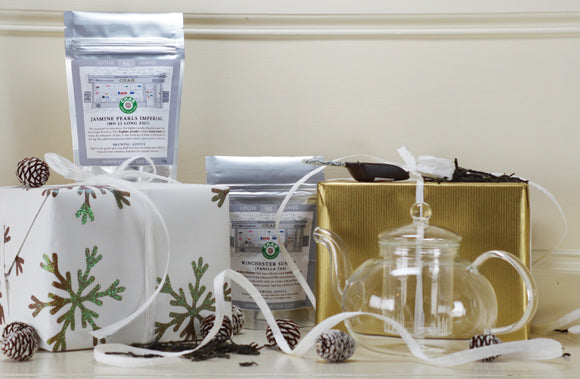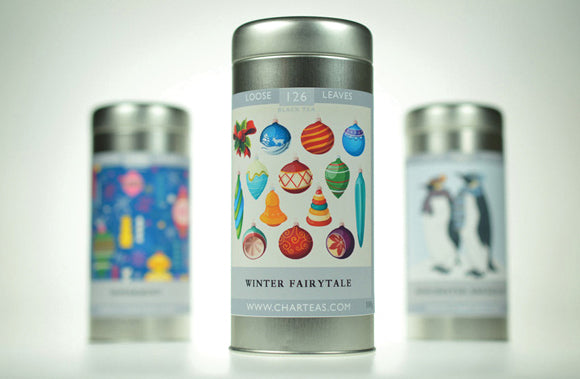
A History of Tea in Sri Lanka: From Coffee to a Golden Leaf
Sri Lankan Coffee
In the mid-19th century, Sri Lanka was a significant producer of coffee beans. However, in the 1860s, a fungal infection known as "coffee leaf rust" singlehandedly decimated the entire coffee industry, leaving many farmers at a crossroads.
The Rise of Tea
Now that coffee was out of the question, many industrious farmers turned their attentions to the camelia sinensis tea plant. In 1867, a Scottish planter named James Taylor, often referred to as the "father of Ceylon tea," returned from India to plant the first commercial tea estate in the central highlands of the island – a 21-acre plot on Loolecondera.
This switch to tea proved to be a wise gamble. Due to the island's diverse microclimates, rich volcanic soil, and abundant rainfall, Sri Lanka offers ideal conditions for producing a wide variety of teas throughout the year to suit many taste preferences.
The Golden Age of Ceylon Tea
The late 19th and early 20th centuries marked the golden age of Ceylon tea. British entrepreneurs established vast tea plantations throughout Sri Lanka, and the industry flourished. Ceylon tea gained global recognition for its unique flavour, aroma, and strength. The British developed a strong affinity for Ceylon tea, and it became a staple in British households and is still frequently used in quintessentially British tea blends such as English Breakfast tea and Earl Grey tea. It is a firm favourite as the base of Char’s Earl Grey Supreme.
The Modern Era
Since gaining independence, Sri Lanka's tea industry has continued to thrive. However, challenges such as fluctuating global prices, labour shortages, and climate change provide an ever-changing chess board for tea producers to navigate.
Today, Sri Lanka is one of the world's leading tea-producing nations, exporting high-quality tea to countries around the globe. Taste the history and explore Char’s carefully selected range of Ceylon teas.

 Assam
Assam
 Black
Black
 Breakfast
Breakfast
 Caffeine Free
Caffeine Free
 Ceylon
Ceylon
 Cold Brew
Cold Brew
 Darjeeling
Darjeeling
 Decaffeinated
Decaffeinated
 Earl Grey
Earl Grey
 Favourites
Favourites
 Flavoured
Flavoured
 Flowering
Flowering
 Fruit
Fruit
 Green
Green
 Herbal
Herbal
 Jasmine
Jasmine
 Mate
Mate
 Oolong
Oolong
 Organic
Organic
 Pu Erh
Pu Erh
 Rooibos
Rooibos
 Scented
Scented
 Smoked
Smoked
 Sparkling
Sparkling
 White
White
 Winchester
Winchester
 Loose Tea
Loose Tea
 Tea Bags
Tea Bags
 Gift Caddies
Gift Caddies
 Teapots
Teapots
 Accessories
Accessories
 Tea Tins
Tea Tins
 Storage
Storage


